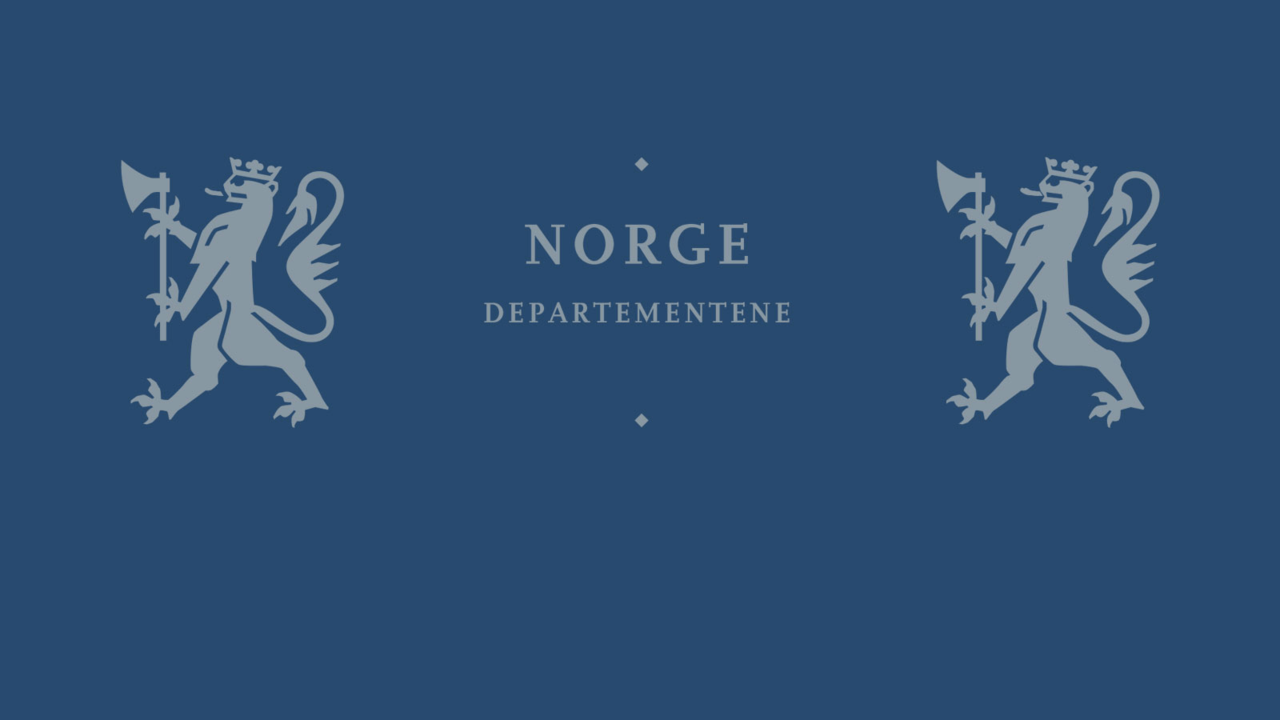EUs distrikts- og bygdeutviklingsprogrammer
Artikkel | Sist oppdatert: 01.06.2018 | Kommunal- og distriktsdepartementet
Kommunal- og moderniseringsdepartementet, Landbruks- og matdepartementet og Norges delegasjon til EU inviterte til seminar om EUs distrikts- og bygdeutviklingsprogrammer. EU har flere virkemidler for distrikts- og bygdeutvikling. Flere av disse er prøvd ut i stor skala.
Hovedformålet med seminaret er å utveksle erfaringer fra Norges og EUs respektive distrikts- og bygdeutviklingsprogrammer for å styrke kunnskapsgrunnlaget for fremtidig politikkutforming.
Du kan se opptak fra seminaret:
EUs distrikts- og bygdeutviklingsprogrammer

Se sendingen her
Presentations
Overall introduction
- Welcome, by Gerd Slinning, Norwegian Ministry of Local Government and Modernization
- The European Commission's experience of Rural Development Programs - State of Play in the Implementation and Thoughts on the Future, Mr Guido Castellano, Deputy Head of Unit, DG AGRI - presentation (pdf)
- Regional development in Norway, What are the challenges? by Anne-Merete Halpern, Norwegian Ministry of Local Government and Modernization - presentation (pdf)
- Norwegian agricultural policy and experience with rural development programs, Kristin Orlund, Norwegian Ministry of Agriculture and Food - presentation (pdf)
Policies for balanced population growth in Rural Areas and agricultural business development
- EUs Action Plan for Smart Villages, by Mr Robert Hodosi, Expert for the Smart Village Concept, DG AGRI - presentation (pdf)
- A Norwegian County’s experiences with participation in Smart Eco-Social Villages, by Lars Hustveit, Sogn og Fjordane fylkeskommune - presentation (pdf)
- A case from the Røros Region. Local food production as a driving force for regional development – cooperation as a key to success, by Elisabeth Helseth, The Centre of Competence on Rural Development - presentation (pdf)
- The Merkur-program, by Gerd Slinning - presentation (pdf)
The stakeholders' perspective om rural development programs – what works, what doesn’t and what is needed